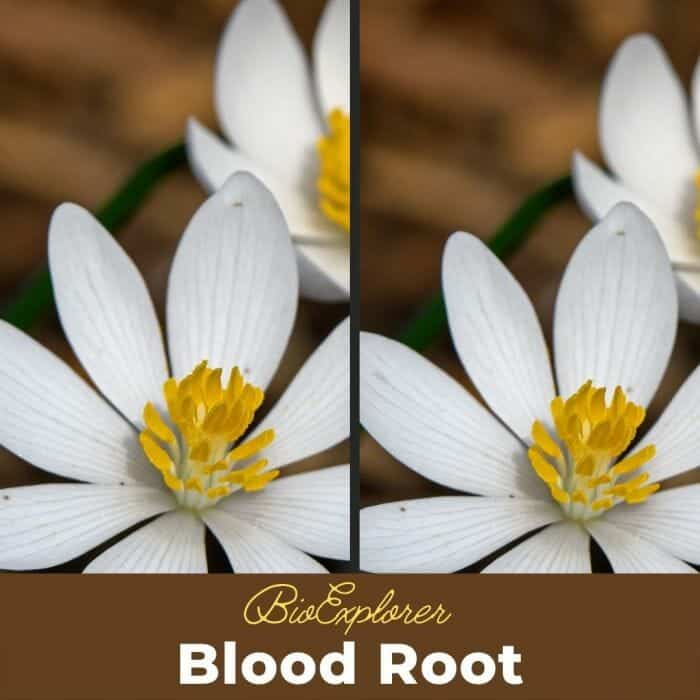
Blood Root (Sanguinaria Canadensis), a member of the Papaveraceae (poppy) family, is more tender and beautiful than its general name suggests. It derives its common name from the red sap oozing from its root when broken or cut.
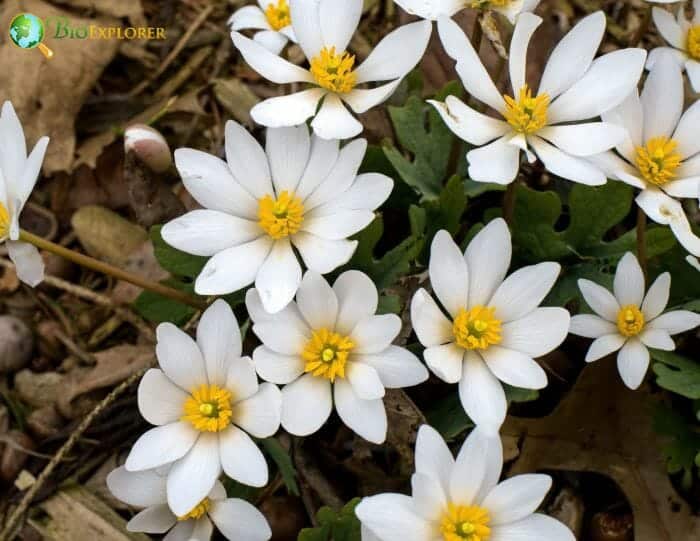
A North American native, Blood Root is found in deciduous forest shade. It produces white flowers resembling daisies in early spring.
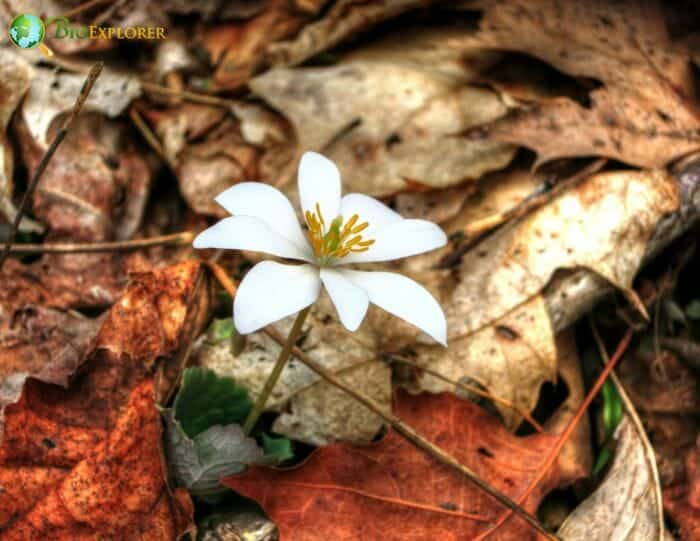
Bloodroot is the only species[1] in the Sanguinaria genus. Other common names of the plant are Tormentil Red Puccion, Puccoon, Indian Paint, and Bloodwort.
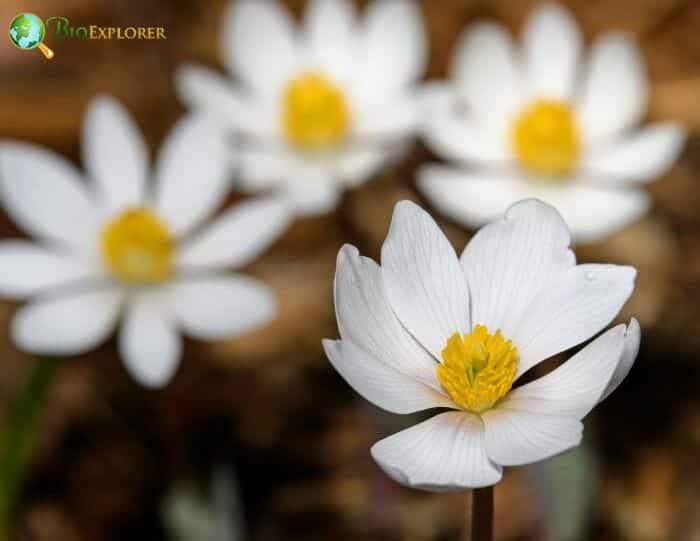
Blood-root typically grows 6 to 10 inches tall and spreads in nature to form large colonies on forest floors. Each pedicel generally emerges in the spring, webbed by a deeply wavy, gray-green, basal leaf.
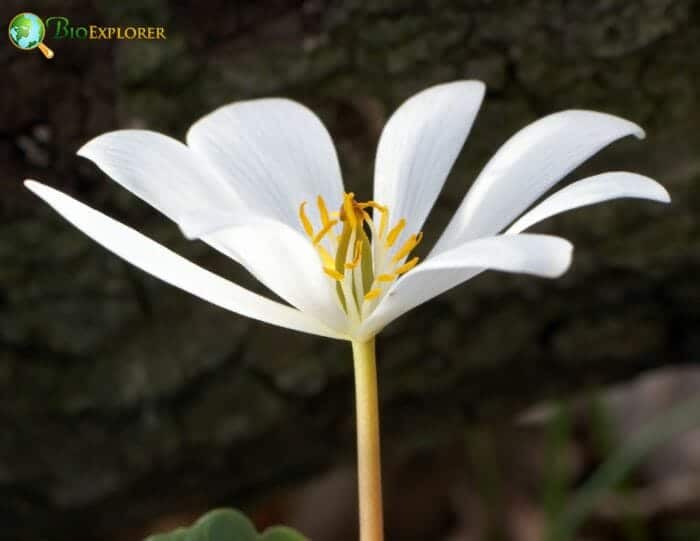
The leaf unfolds when flowering. Each pedicel produces single white flower 2-inches wide, 8 to 10 petals, 1.5-inches in diameter, with numerous yellow stamens in the center.
Leaves continue to grow after flowering (sometimes up to 9″ in diameter). They stay attractive until late summer, when the plant is dormant.
















